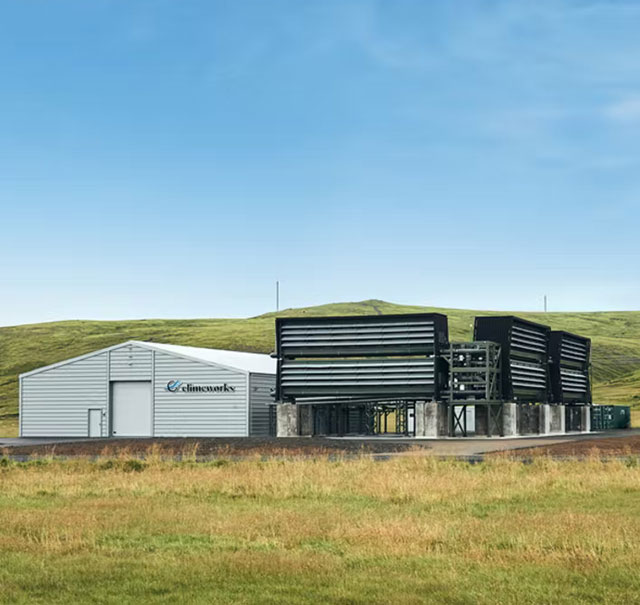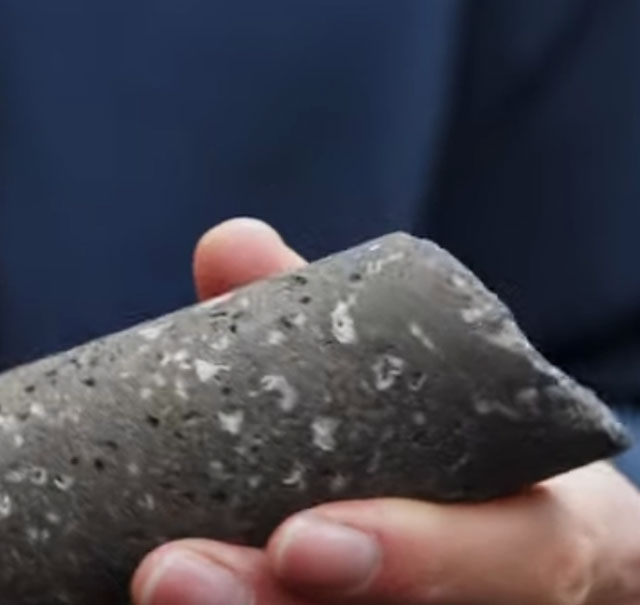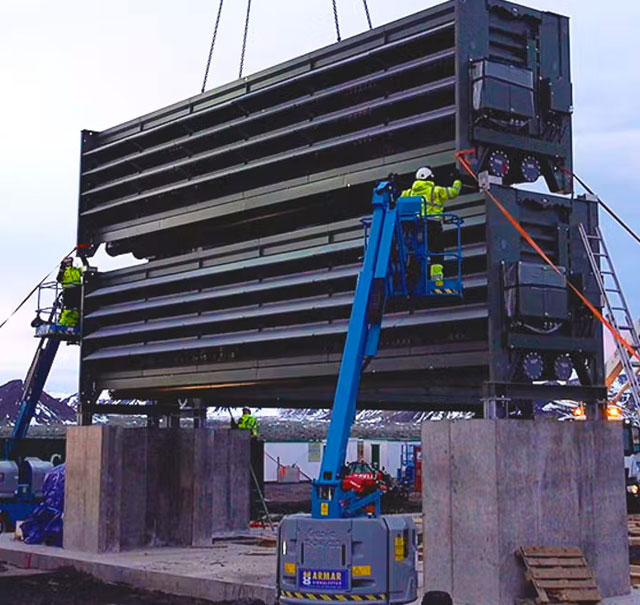Climeworks reverses Climate Change with DAC+S Technology
Carbon Dioxide Removal (CDR)
Climeworks
Climeworks, founded in Zurich in 2009 by Christoph Gebald and Jan Wurzbacher, is a pioneer in the field of direct air capture technology. The company's systems remove carbon dioxide (CO2) from the air in an adsorption-desorption process. At the heart of this process is a special filter material. The vision of the company's founders is to inspire one billion people to remove CO2 from the air. In total, Climeworks has commissioned more than 15 plants to date and their combined nominal annual filtration capacity is more than 5,500 tons of CO2 per year. Two more plants are planned in 2023 and 2027.
In order to reach the 2030 target capacity of millions of tons of CO2, the plants must be scaled up. The first plant built, for example, was able to convert 900 tons of CO2 per year. The plant currently in planning has about 40 times that capacity.
An increasing number of companies and countries are recognizing the need to achieve net zero. According to the UN, 130 countries have committed to achieving net zero emissions by 2050.
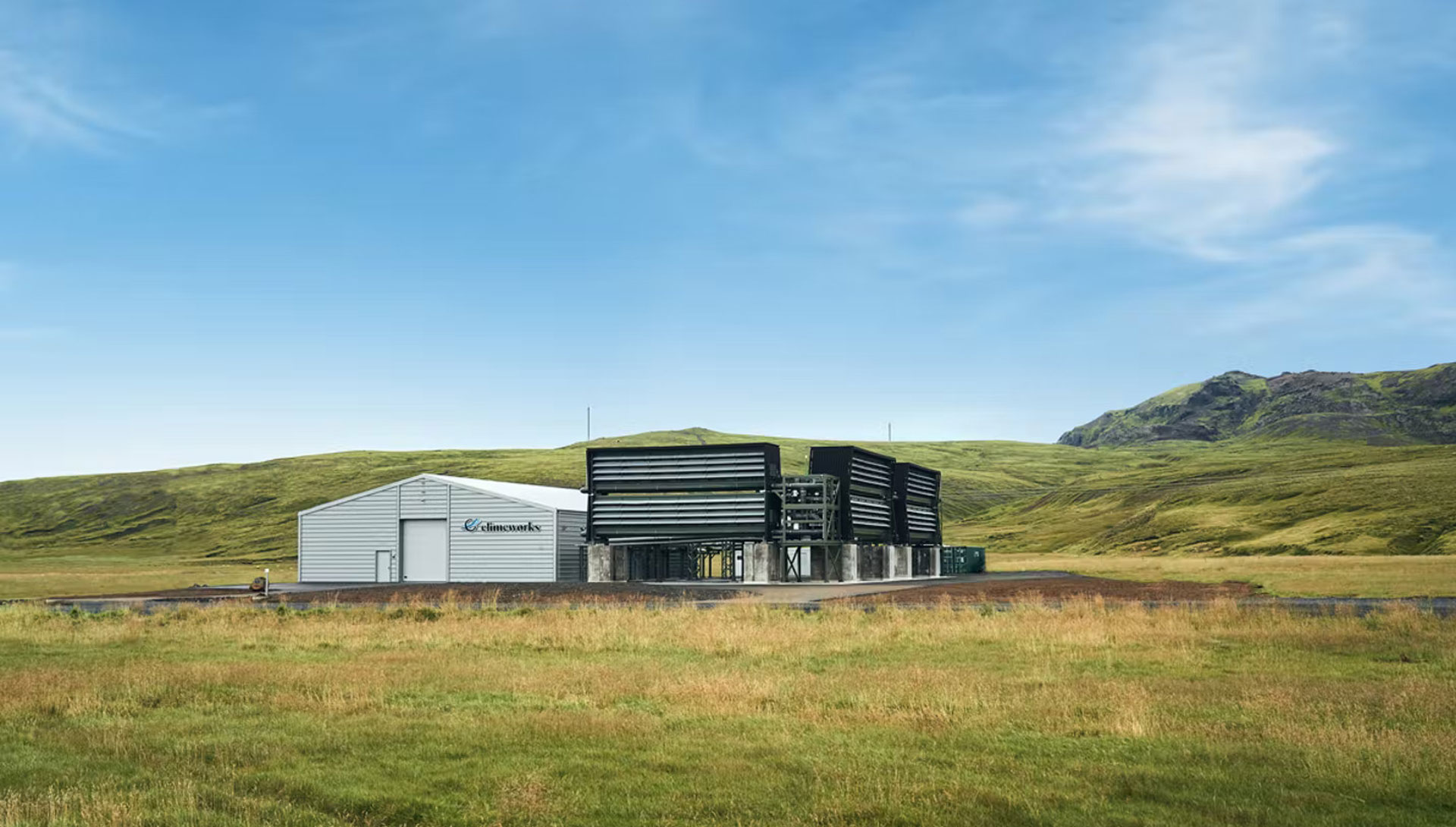
Climeworks' latest plant, with a nominal capacity of 4,000 tons, is located on the grounds of the Hellisheidi geothermal power plant in southwest Iceland, about 30 kilometers east of the capital Reykjavik. This location allows the plant to run on renewable energy. Part of the plant are the collectors for filtering CO2 built on the concrete piers and a hall where the filtered CO2 is processed with a purity of 95 percent.
The first major plant for the commercial filtration of CO2 from the air went into operation in Switzerland in 2017 and has a nominal filtration capacity of 900 tons of CO2 per year. The nominal capacity of the plant built in 2021 is 4,000 tons, more than four times that amount.
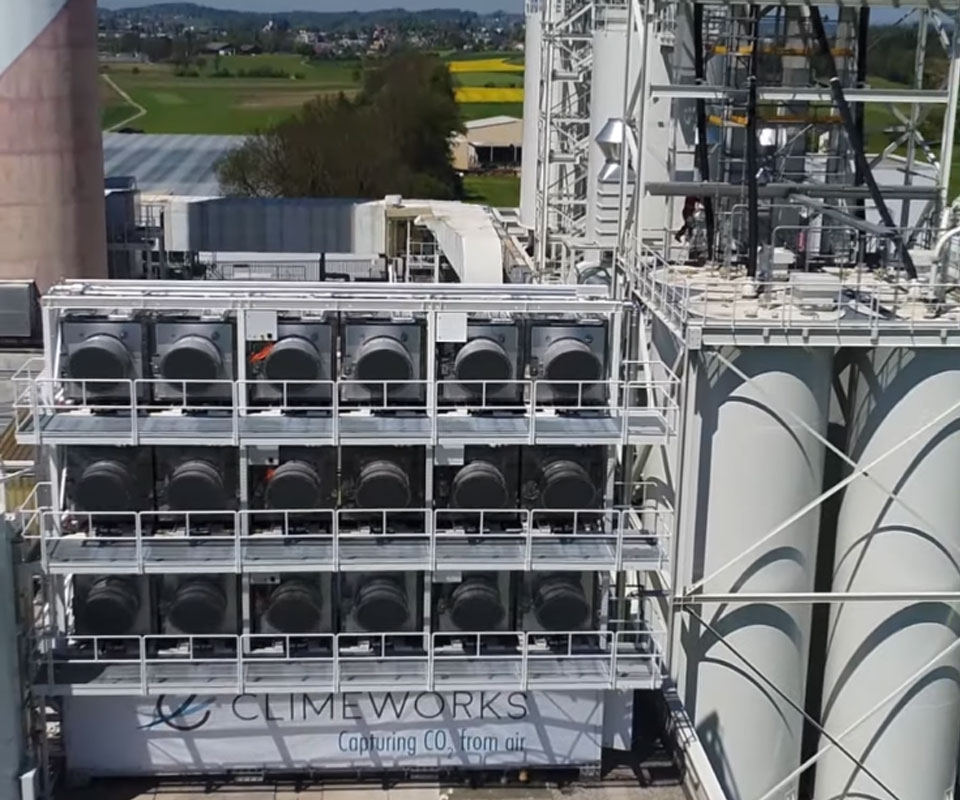
CO2 Removal as a Service
Founded in 2009, Climeworks developed a technology to filter CO2 from the air. In 2014, a modular CO2 collector was designed and in 2017, the first commercial plant was commissioned in Switzerland. That same year, the Arctic Fox test project began in Iceland, where the filtered CO2 is stored in underground rock strata. As a result of the storage, the CO2 is permanently bound in the form of a carbonate, and the CO2 concentration in the atmosphere decreases.
Corporate Development Focused on DAC+S
In total, more than 15 of the company's DAC plants have been commissioned. These include both larger plants and smaller demonstration projects. These are divided into two categories: DAC+S and PTX projects.
PTX stands for "Power to X," the filtered CO2 is recycled back into the circular economy, for example as plant fertilizer, as an additive to mineral water to generate sparkling water, or as a renewable fuel.
In DAC+S (Direct Air Capture + Storage) projects, on the other hand, CO2 is permanently removed from the cycle and stored underground. The focus in research, development and the construction of additional plants lies on DAC+S in order to reduce the CO2 concentration in the atmosphere and to curb climate change.
Special Environmental Conditions Required for DAC+S
The most important condition for the installation of further DAC+S plants is the location, explains Nathalie Casas, Head of Technology, Climeworks:
"Two conditions are crucial for the successful use of DAC+S technology. The first is the energy source. The plant should be operated exclusively with renewable energy sources to achieve a better carbon footprint. The second is the storage option. Only in an environment with special rock layers does the CO2 trigger a chemical reaction and crystallize into a carbonate.
This is why Iceland is such a favorable location. Renewable geothermal energy sources and highly reactive basalt rock layers can be found in the volcanic environment. Another suitable location is Oman, where the technology will be tested with a plant."
Climeworks Scales Solution to Mitigate Climate Change
In order to increase its own capacity to climate-relevant scales, the company plans to build new plants, establish partnerships with other companies and recruit new employees. At the end of 2021, Climeworks had 160 employees, and this number is expected to increase to between 250 and 300 by the end of 2022. The commissioning of the next largest plant is planned in the next two to three years.


